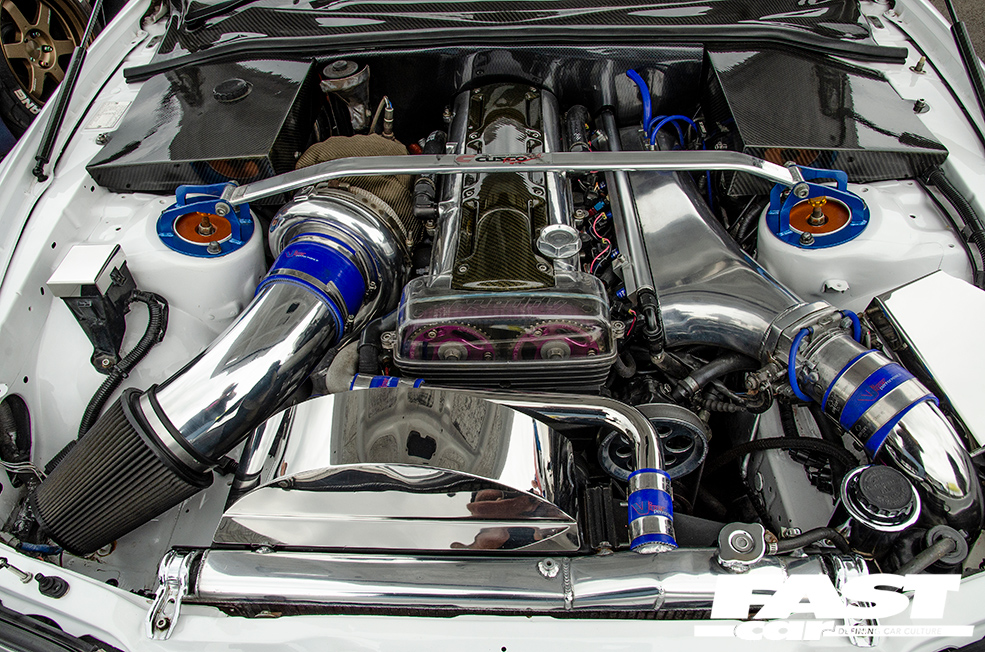
Originally Posted by
Dave10

All of these post from people that have no real world experience with paint in the automotive world. Your turbo cools down quickly when the car is turned off. The motor compartment has many places for heat to disparate and the hood pad absorbs a lot of heat. Paint does not start failing at 300 degrees unless you are holding a torch to it. Your cars pant like you brake caliper paint is heat resistant and your brakes see temps over 800 degrees.
Please stop with all you Internet myths and BS assumptions. I drove a race car on the road without a hood headliner and the heat did not damage the paint at all. I am sure I would have see the issue on a bright red car.
Again,
prolonged (meaning a long time) exposure over 300 degrees can start to have a damaging effect on paint. Likely discoloration first. Then degradation over a long term. No, auto paint isnít like caliper paint, thatís why they makeÖ caliper paint.
Itís not likely, but possible. Itís not internet myth or ďbs assumptionsĒ, itís 20 years experience professionally, 3 manufacture/OEM certifications and hours of I-car and paint company training. Iíve damaged auto paint with heat and fixed heat damaged auto paint. Auto paint is extremely durable and fragile at the same time. Itís essentially a plastic. If you reach its threshold, it will fail.
Will he have problems with no heat shield? Probably not. Can he have problems if certain variables are met - yes. Did Audi have a good reason to heat shield the downpipe, the downpipe tunnel, the engine cover and hood absorber or they just like redundantcy? Maybe engineers were on to something?













 Reply With Quote
Reply With Quote







Bookmarks